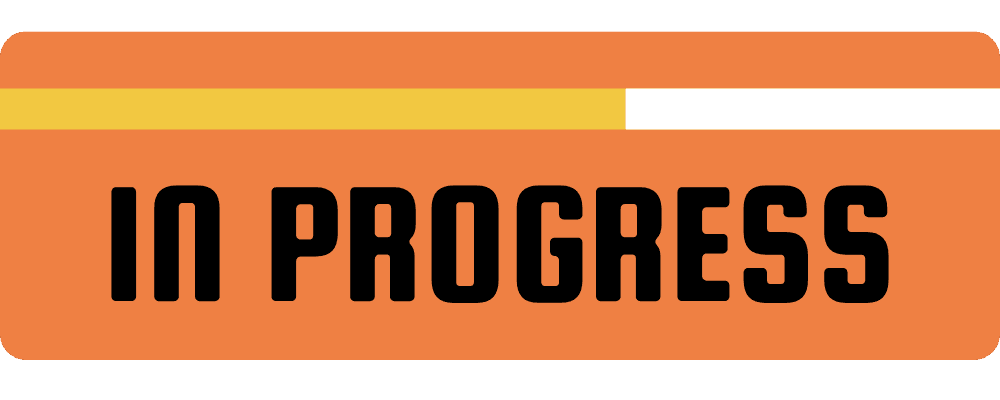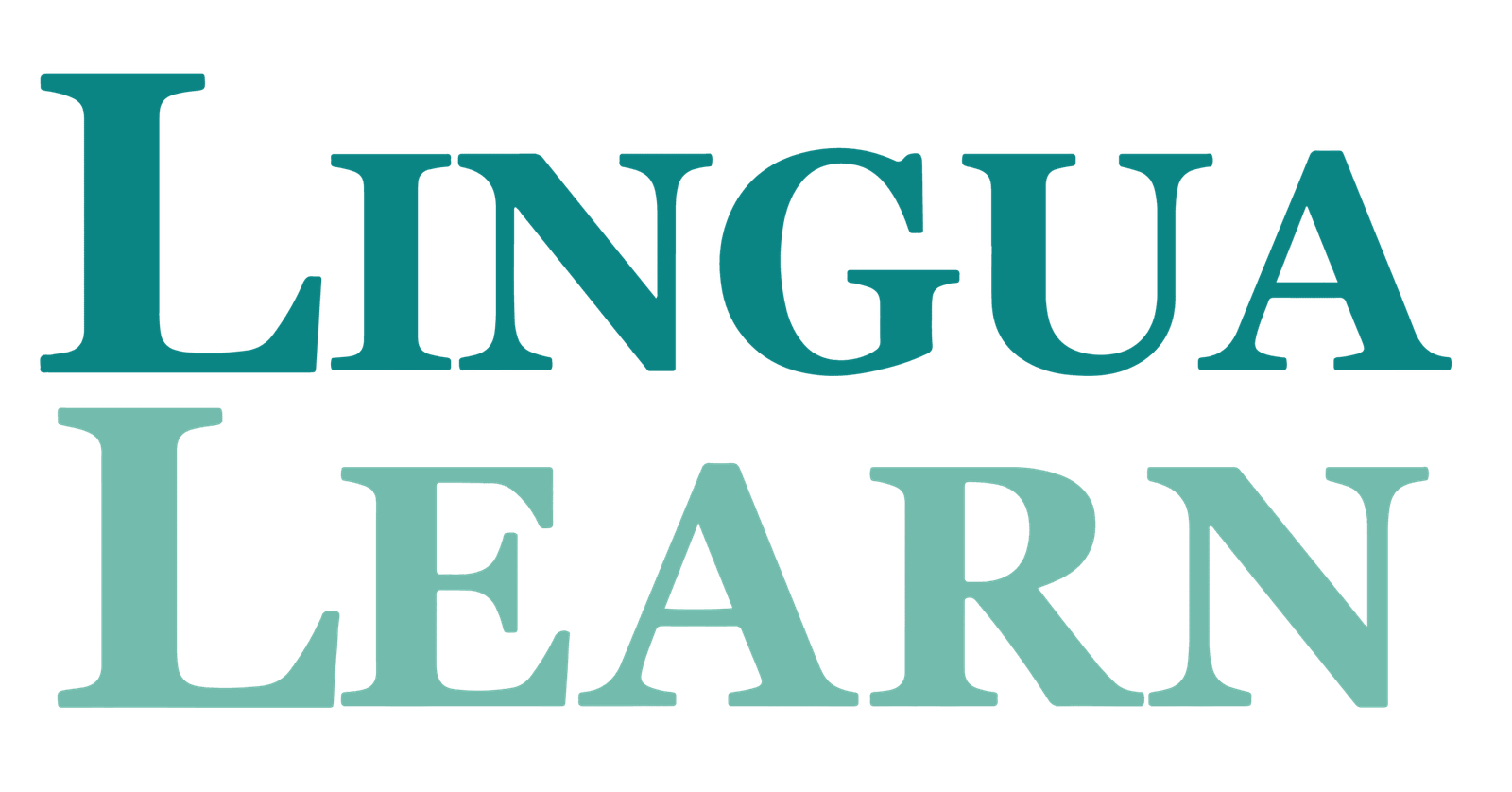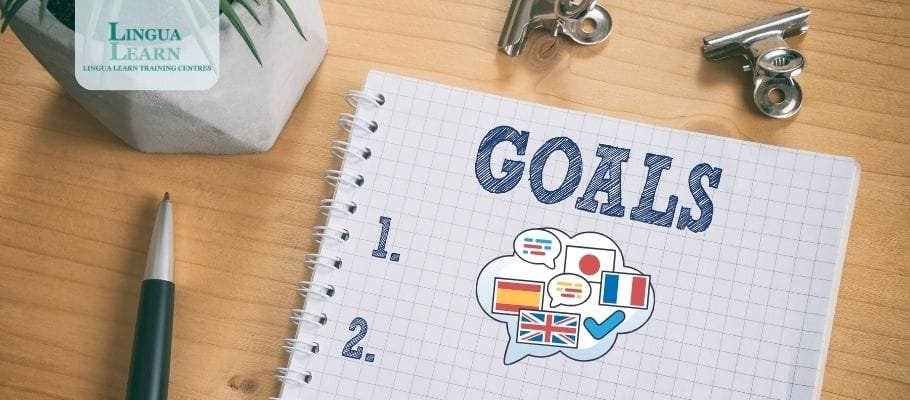1. Why Realistic Goals Are the Key to Success
When learning a new language, setting vague goals like “I want to be fluent in a year” often leads to disappointment. Fluency takes time and depends on factors like your starting level, available study hours, and learning method. By creating realistic language learning goals, you give yourself a path to measurable progress and consistent wins that build confidence.
Psychologists agree that specific and achievable goals are more motivating than vague ones. According to James Clear, author of *Atomic Habits*, progress compounds when you focus on small, steady improvements instead of giant leaps. The same applies to language learning.
2. Use the CEFR Framework as Your Roadmap
One of the most effective ways to create realistic language learning goals is to use the CEFR framework (Common European Framework of Reference for Languages). This globally recognized system divides language ability into six levels, from A1 (beginner) to C2 (mastery). You can explore the official CEFR guidelines at the Council of Europe website.
Here’s a quick breakdown of CEFR levels:
- A1–A2 (Beginner): Understand basic phrases and introduce yourself.
- B1–B2 (Intermediate): Handle conversations on familiar topics and travel needs.
- C1–C2 (Advanced): Express complex ideas clearly and fluently in academic or professional settings.
Instead of aiming for “fluency” right away, focus on progressing from your current level to the next CEFR step. For example, if you’re A2, set a goal to reach B1 within six months.
3. Start with an Accurate Baseline Assessment
Before setting goals, it’s important to know your current level. A proper language assessment helps identify your strengths and areas for improvement. At Lingua Learn, we offer professional assessments designed to pinpoint exactly where you are on the CEFR scale. This baseline makes your realistic language learning goals much more accurate and personalized.
4. Break Down Goals into Small Milestones
One of the biggest mistakes learners make is setting a single, massive goal like “speak German fluently.” Instead, divide that ambition into smaller, achievable milestones. For example:
- Learn 30 new vocabulary words per week.
- Complete one chapter of a course book every two weeks.
- Hold a 5-minute conversation with a native speaker within three months.
These small steps add up, keeping your motivation high and giving you reasons to celebrate progress along the way.
5. Consistency Beats Intensity
Many learners start with enthusiasm, studying two or three hours a day, only to burn out quickly. Research shows that shorter, consistent study sessions are more effective than occasional cramming. Try setting a realistic schedule, like 30 minutes a day, five times a week. This steady rhythm is more sustainable and ensures long-term success with your realistic language learning goals.
6. Use SMART Goals for Language Learning
A popular strategy for goal-setting is the SMART method: Specific, Measurable, Achievable, Relevant, and Time-bound. Applying this framework makes your goals more concrete. For example:
❌ “I want to learn French.”
✅ “I will learn 200 new French words in two months and practice speaking for 15 minutes daily.”
SMART goals transform vague ambitions into practical, trackable achievements.
7. Stay Accountable and Track Progress

Accountability is another key to reaching your goals. Find a study buddy, join an online community, or enroll in structured classes. Tools like progress journals or apps can help track your improvement over time. At Lingua Learn, our language courses for adults provide structured lessons, regular check-ins, and a supportive community to keep you on track with your realistic language learning goals.
8. Celebrate Small Wins
Don’t wait until you’re fluent to celebrate success. Every milestone matters: ordering food in a new language, completing a workbook, or watching a TV show without subtitles. Recognizing these achievements keeps your motivation alive and makes the journey enjoyable.
9. Adapt When Life Changes
Life is unpredictable, and sometimes schedules change. Instead of abandoning your goals, adjust them to fit your new circumstances. Even reducing study time from 30 minutes to 15 minutes a day keeps momentum going without breaking the habit chain.
10. Keep the Journey Enjoyable
Finally, remember that learning a language should be fun. Incorporate music, TV shows, books, and cultural experiences into your studies. Enjoyment is one of the best motivators for sticking to your realistic language learning goals long-term.
Final Thoughts
Language learning is not a sprint—it’s a marathon. By following these 10 powerful tips and setting realistic language learning goals, you create a path that balances ambition with achievability. Use the CEFR framework as your guide, start with a professional assessment, and break down your goals into manageable steps. Remember, consistency and small wins are what lead to lasting fluency.
Ready to set your own realistic goals? Start today with Lingua Learn’s professional assessment and take the first step towards mastering your new language.

